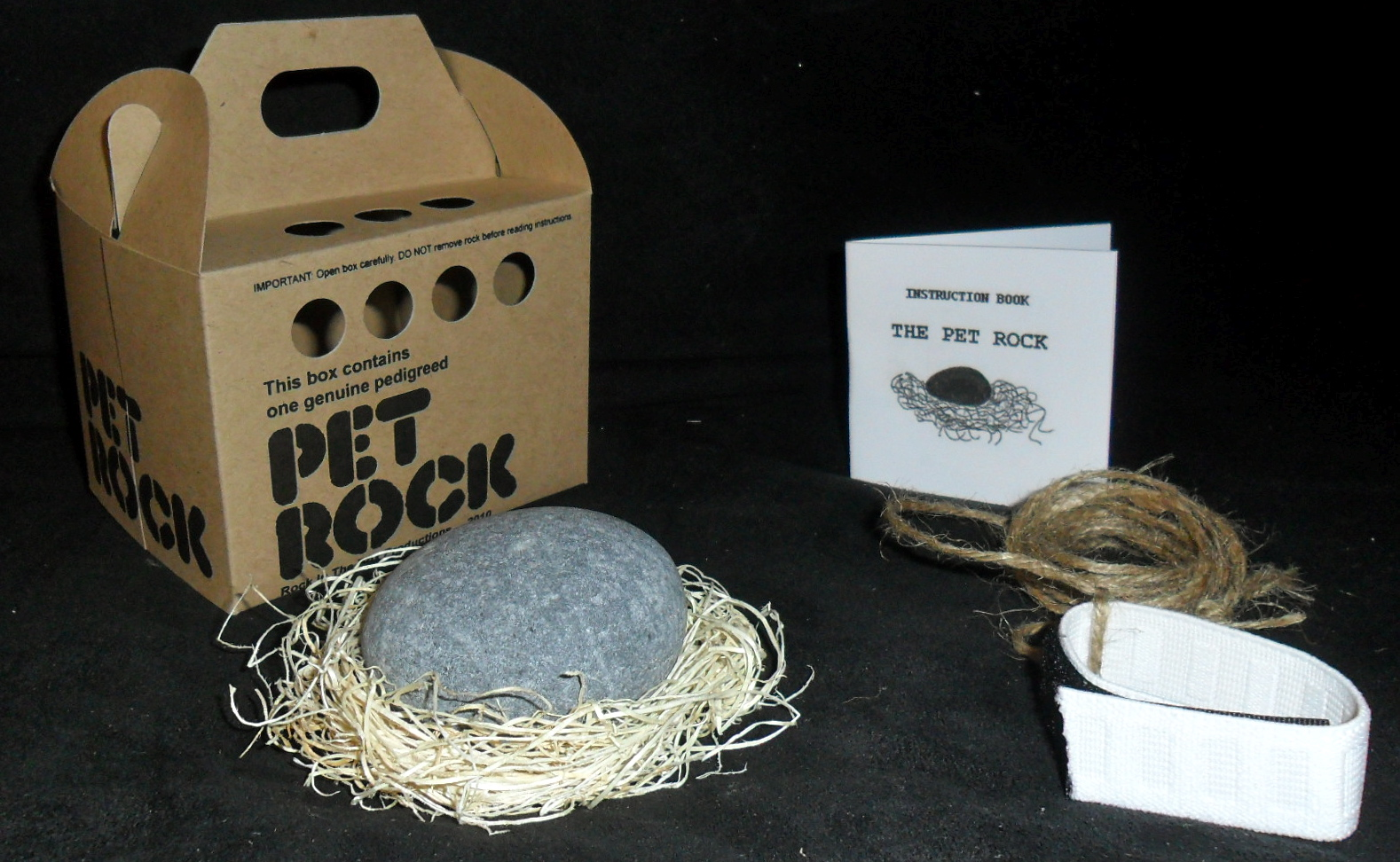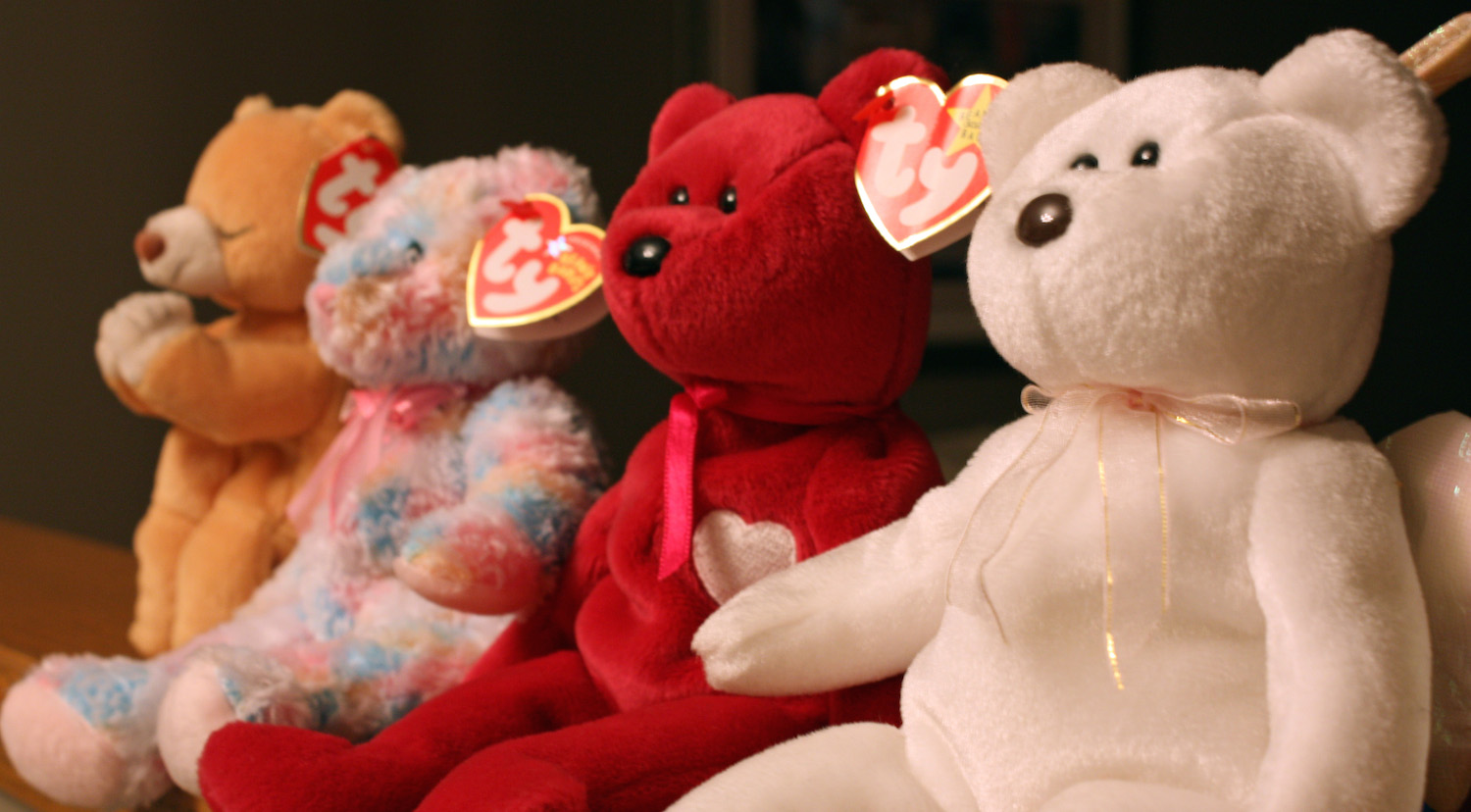For every ten or even a hundred bad business ideas ever considered as a serious business venture, at least, one succeeded.
Against all odds, these once-laughable business ideas defied logic, market expectations, and even common sense, allowing their creators to get the last laugh, all the way to the bank.
Here are some companies that turned a seemingly bad idea into a bad ass business.
Ashley Madison

A dating website is nothing new, but ashleymadison.com has one unique difference: it is marketed toward those already in a committed relationship. “Life is short. Have an affair” is the site's slogan and its founder, Noel Biderman, is a happily married man.
Although the site has drawn heavy criticism, no one can deny that the business venture is a huge success, receiving roughly 1.8 million visitors per month according to web traffic tracker Alexa.
For this company, courting controversy is its bread and butter. It has generated both success and infamy since it’s a dating site for people looking to date outside of their marriage.
Bottom Line: Controversy sells.
LuckyBreak
Pet Rocks

Crocs
Ugly, rubbery shoes for the masses. Who would have thought this idea had legs? Crocs (the spa shoe meets clog) was hatched by three friends from Boulder, Colorado on a sailing trip who for some reason were intrigued by the marketable possibilities of a spa shoe made for comfort.
They found the right material in a squishy foam resin called Croslite™ and eventually grew big enough to acquire Foam Creations, the Quebec-based company that manufactured this new shoe.
Now, the shoe is the awkward moment of footwear and the company is in on the joke, playing up the ugly factor in ad campaigns. They’re happy being mocked all the way to the bank with sales to the tune of $350 million in 2006, the same year the company hit the stock market. Today the brand has more than 300 styles of footwear including boots, wedges, loafers and more.
Bottom line: If the ugly shoe fits (and feels good), people will wear it.
Snuggies

The blanket with sleeves. Snuggies have pulled in more than $500 million since becoming a viral sensation five years ago. Allstar Products, the company behind them, is still thriving with the blankets with sleeves and a host of other “As Seen on TV” products like Snuggies for dogs and kids and Snuggies personalized with sports teams and colleges. Since 2008, Allstar, a direct-response marketing company, has sold more than 35 million Snuggies.
The excess of $500 million in revenue is astonishing for a single product during five years, considering the annual sales of some public specialty retailers, which sell a wide array of clothing and accessories: $617 million at American Apparel and $800 million at PacSun, to name a few.
Some think the "cult of Snuggie" came to be through an abundance of advertising. $10 million worth of infomercials in a down economy will do the trick.
But humor is the selling strategy that made the Snuggie a star. The ads, which featured a Snuggie-clad family roasting marshmallows together and cheering at sports games, quickly became media sensations.
Jay Leno, Whoopie Goldberg, and Ellen DeGeneres all featured the product on their shows. The buzz has led to Snuggie pub crawls, YouTube Snuggie mockery clips and a lot of gag gifts.
Bottom line: Not taking yourself too seriously can result in some serious business.
Related Article: Outside the Box: Unique Ways toGetOutside the Box: Unique Ways to
iFart App
Here's a half-assed, half-a-million-dollar idea for you. Somewhere, in Joel Comm’s sordid mind, out squeaked the iFart, the whoopee cushion for the iPhone. What’s even crazier? He thought people would pay for the app. iFart retails for $.99. And, the absolutely insane part about this all? Joel Comm was right.
Hate on it all you want, Joel Comm gets the last laugh. His application has been buzzed about all over the media and pranksters everywhere love the 26 flatulent noises it encompasses, including, “Record-A-Fart,” “Fart-a-Friend,” and “Sneak Attack.”
The app was downloaded 113,885 times during its first two weeks on the market. To date, Joel and his company InfoMedia have netted somewhere in the ballpark of $400K.To quote Jimmy Kimmel, “If everyone in America gives as much as they spent on the iFart App, Haiti will be saved.”
Bottom line: People will pay for stupid, no if's, and's or butts.
Beanie Babies

Source: Flickr
In 1983, when 39-year-old former aspiring actor H Ty Warner, who had recently either been fired from or simply chose to leave the Dakin toy company he’d worked for during much of his adult life, opened his own toy company that manufactured small stuffed animals. Modeling the, “Go big or go home” creed, he invested pretty much every dime he had in it, including $50,000 in inheritance from his father who’d just died.
He called his first toys the Himalayan Cats, which quickly sold out in local stores. What set Warner’s stuffed animals apart was that plastic pellets were used instead of conventional stuffing materials, so the toy had a more life-like and less stiff feel to it.
His competitors thought he was nuts, and compared his product to “roadkill.” Ty had the last laugh by selling 30,000 units of “roadkill” at the Atlanta toy fair, and by 1992, his company’s catalog included dozens of animals.
The way Ty Warner built his empire is remarkable. He never advertised his products or sold them in major chain stores, like Toys-R-Us. This made the toys harder to obtain and thus more desirable.
In addition, Ty would retire certain models after the initial stock run had sold out, making the few that existed prized possessions. Ty's line of collectibles created the most insane fad frenzy of all time, and he now sits on billions.
Bottom Line: Play hard to get.
Icanhas.cheezburger.com
The concept of creating ridiculous captions for absurd animal photos began with a photo of one very fat cat and ended with Eric and Kari becoming millionaires. Their original goal? To share a chubby cat picture with as many people who cared to see.
The domain name came from the caption they wrote for the feline, “I can has cheezburger?” A series of follow-up photos about the fat cat obtaining a cheezburger followed, and soon fans began submitting their own creations.
The site now receives more than 35 million hits per month and 8,000 daily submissions. In 2007, Tofu burger and Cheezburger sold the site for $2 million to now CEO, Ben Huh. Ben has created six sister sites, landed a book deal that was a New York Times Best Seller, and the company makes an estimated half a million from book sales alone.
Bottom line: Funny EZ money
So what’s the moral of the story? The market, just like humanity, takes twists and turns. What we deem useless right now might end up next season’s best-seller. It can be the product’s novelty, fun factor or sheer stupidity. Whatever the case, just remember there is always room on the market for an original business idea, one that just might earn you success.
